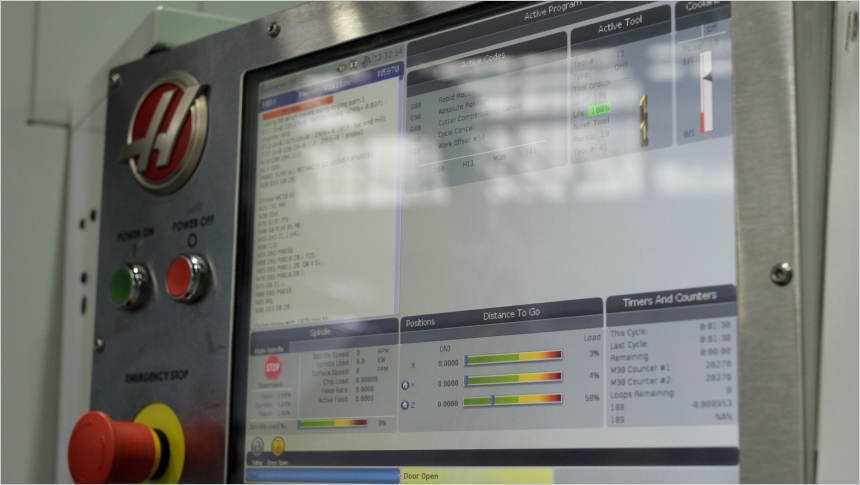CNC Toolpaths for Multi-Axis Milling
Computer numerical controlled machines, or CNC for short, can have a nearly endless number of options. Most machines today control tool motion in 3-axes, X, Y and Z, but can be upgraded to include a 4th or 5th axis as well, A and B.
Additionally, there are many machines on the market that are already 5-axis capable. The good news is that Fusion has you covered if you need to control multi-axis positioning or simultaneous motion in all 5 axes at once.
After this course, you'll be able to:
- Recognize multi-axis geometry.
- Identify 3+2 vs. Simultaneous machining.
- Practice the application of multi-axis toolpaths.
Course modules
Discover what you'll learn in this course and download the software and resources you'll need.
Learn to set up a multi-axis part by using 2.5 and 3- axis operations to rough away material.
Learn how to position a part and use canned drill cycles and toolpath patterns to cut geometry.
Learn to use traditional 2 and 3 axis pocketing in a 3+2 positioning operation.
Learn how to use multi-axis contour.
Learn how to use and understand what a swarf toolpath can do.
Learn to apply the flow toolpath in both 3 and 5 axis settings to understand what the options change and how it can be utilized on complex parts.
Explore some of the workflow and fixturing needed for multi-axis parts.
Start exploring multiple setups by first creating a single setup and program to machine a contour and pocket on a simple part.
Learn how to create a second setup for the same machine to cut the back side of a part.
Prepare a part to be machined on a multi-axis mill by machining and finish geometry specifically to be bolted down to a 5-axis machine.
Learn to setup and machine a set of soft jaws to hold a multi-axis part for final machining on a 3-axis machine using a probe to locate its WCS.
Learn to use folders to help organize a browser, understand the benefits of using NC programs over post processing, and create documentation for the setups.
Learn about some common tools that might be used when preparing to machine a part.
Course challenge exercise
Ready to test your knowledge? Pass this required test with a score of 75% or more to complete the course and earn a certificate of completion.

